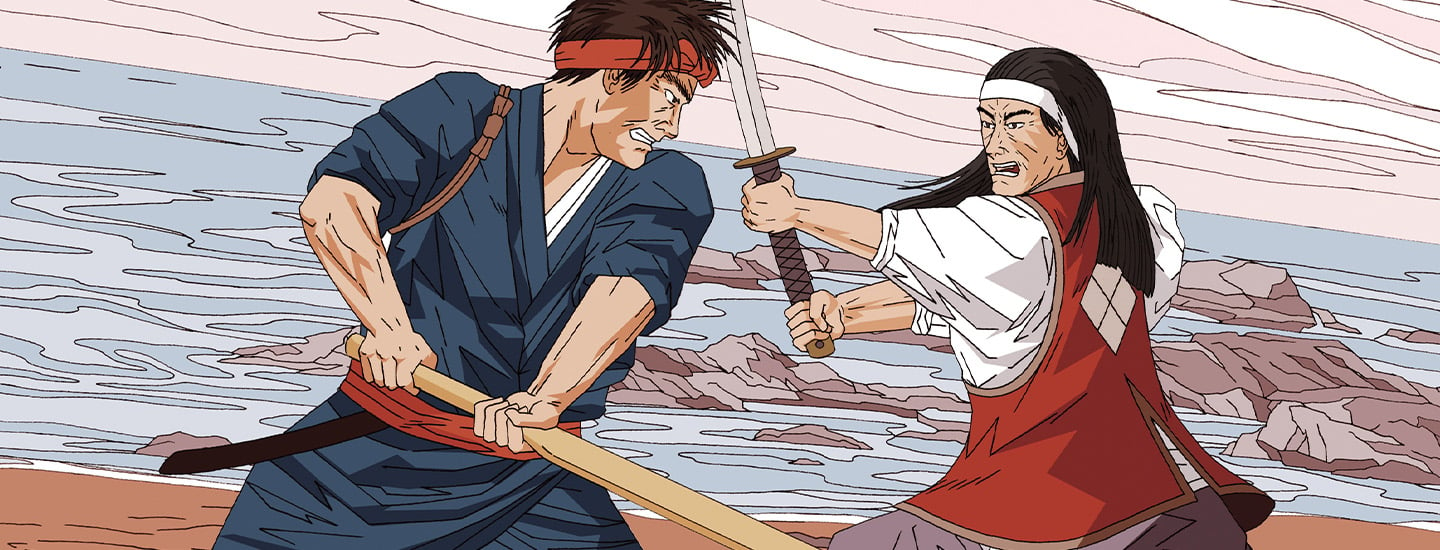The clash was like a tale straight out of a classic Western movie. The young fighter had come to town seeking to make a name for himself by taking down the feared veteran. The two men would face off at high noon. Instead of carrying pistols, however, they wielded swords. For the year was 1612, and they were both members of Japan’s great warrior class, the samurai.
The challenger, Miyamoto Musashi, seemed to have come out of nowhere. About age 29, he traveled alone, with few possessions. Little about him was known other than his reputation as a swordsman.
In contrast, Sasaki Kojiro, about 37, was a sword-fighting icon. He was a respected martial arts instructor for a powerful clan on the Japanese island of Kyushu (see map, below). Kojiro’s deadly skill with a three-foot-long steel sword had earned him fame as the Demon of the Western Provinces.
The fight between the two men that day lasted only a few minutes. But the match would become a legend—perhaps the most famous samurai battle of all time.
The clash was like a tale straight out of a classic Western movie. The young fighter had come to town seeking to make a name for himself by taking down the feared veteran. The two men would face off at high noon. But they would use swords, not pistols. For the year was 1612. And both men were members of Japan’s great warrior class, the samurai.
The challenger was Miyamoto Musashi. He seemed to have come out of nowhere. About age 29, he traveled alone, with few possessions. He had a reputation as a swordsman. But little else was known about him.
In contrast, Sasaki Kojiro, about 37, was a sword-fighting icon. He was a respected martial arts teacher for a powerful family on the Japanese island of Kyushu (see map, below). Kojiro’s deadly skill with a three-foot-long steel sword had earned him fame as the Demon of the Western Provinces.
The fight that day lasted only a few minutes. But the match would become a legend. It may be the most famous samurai battle of all time.

